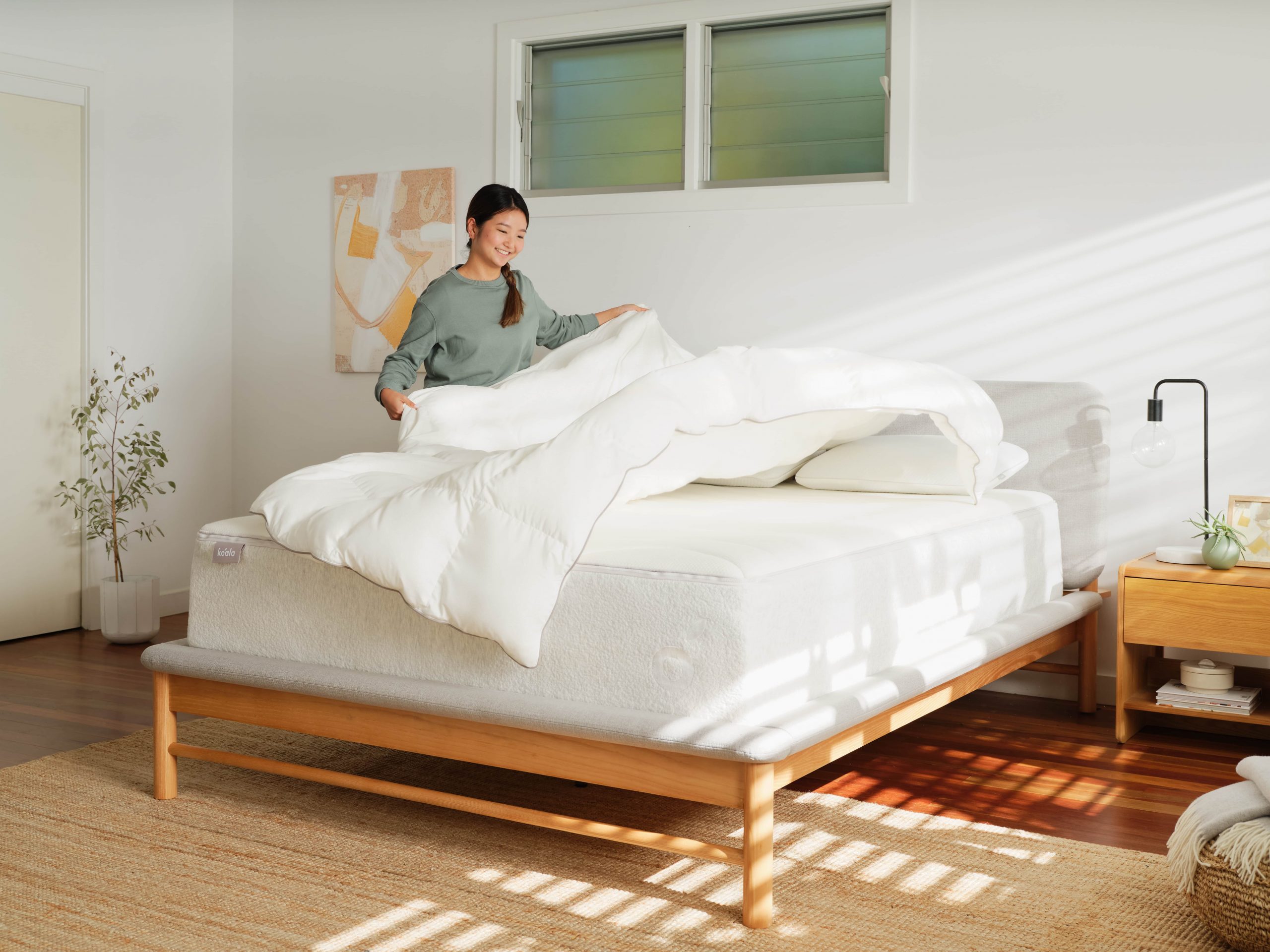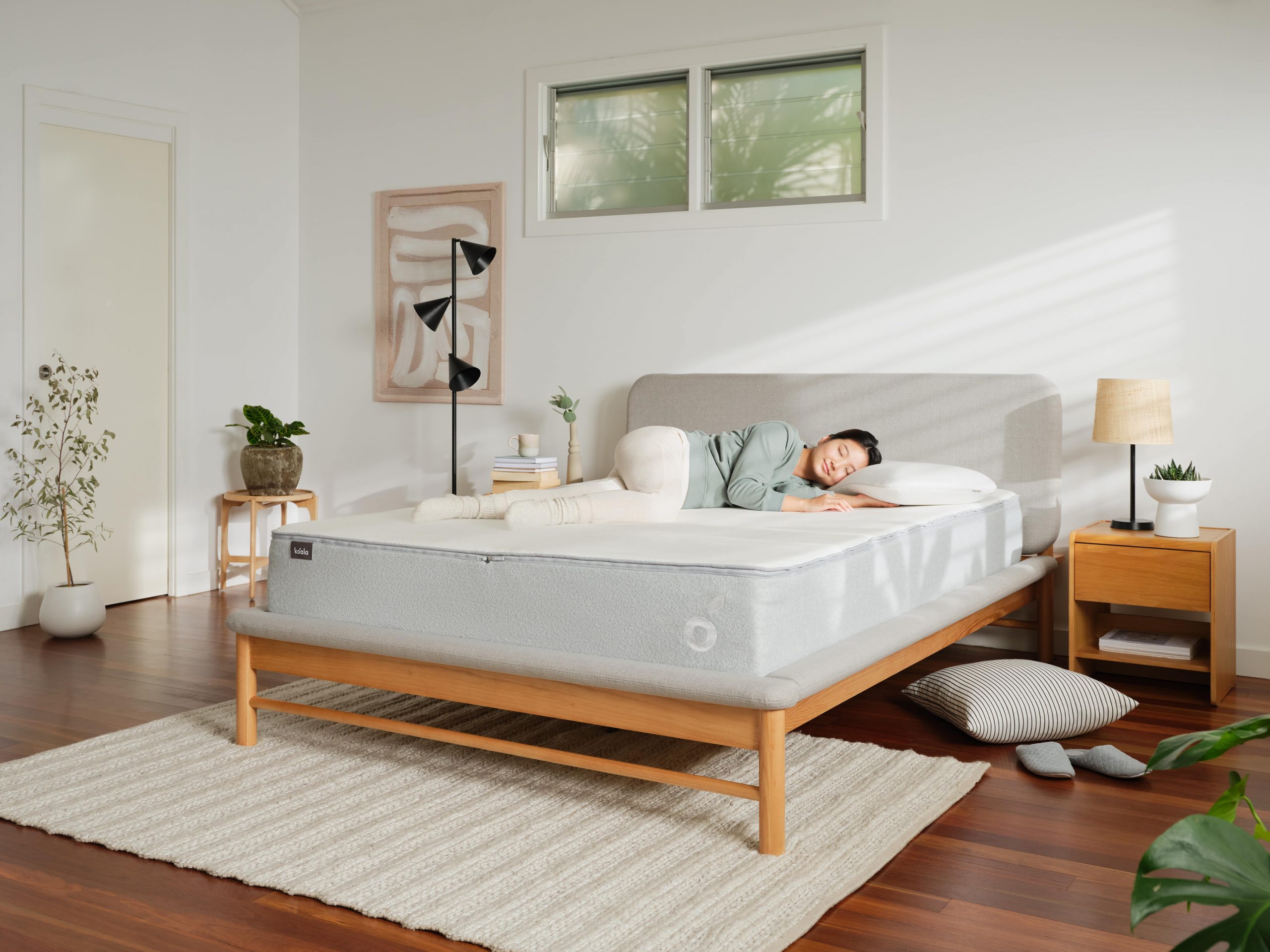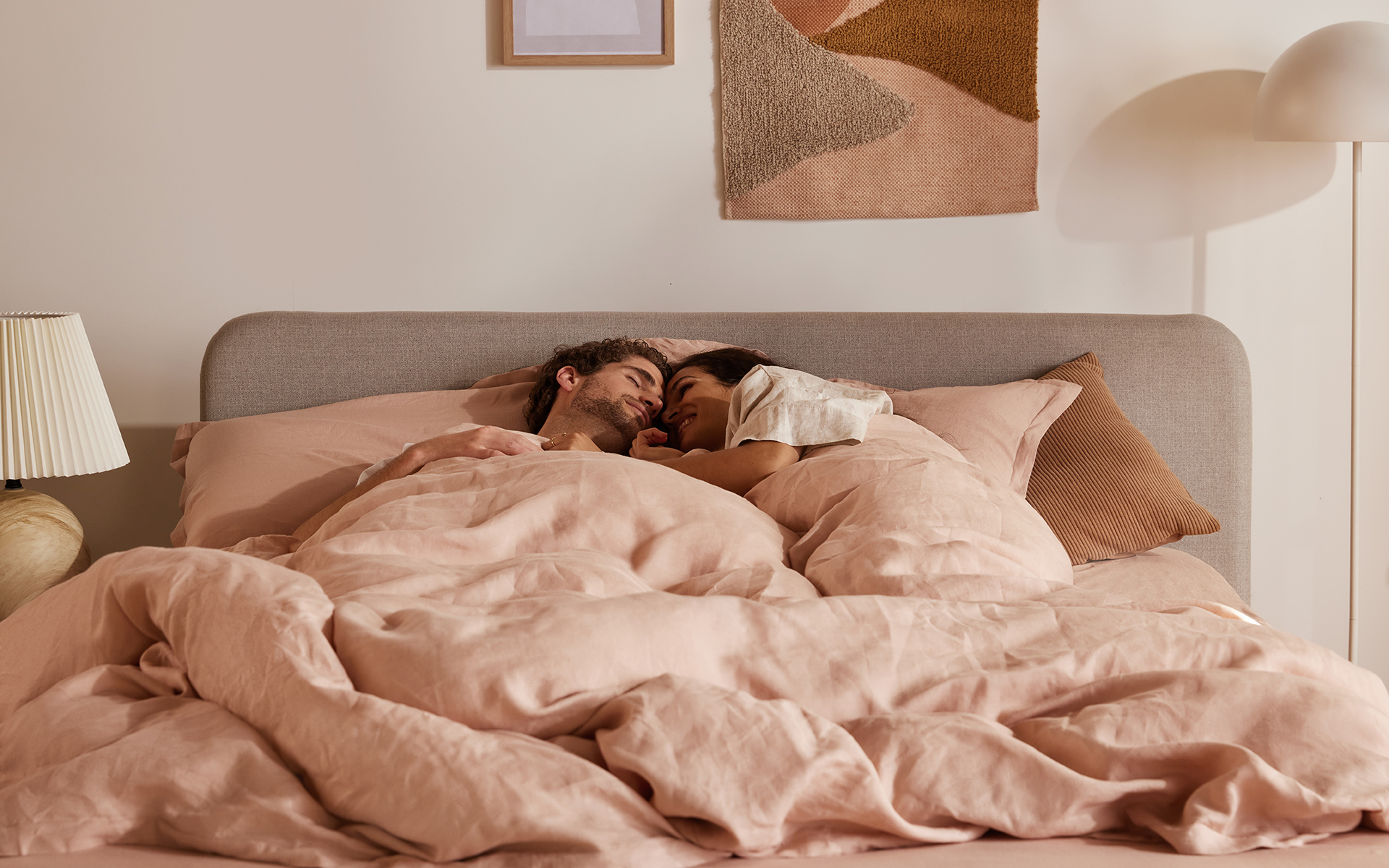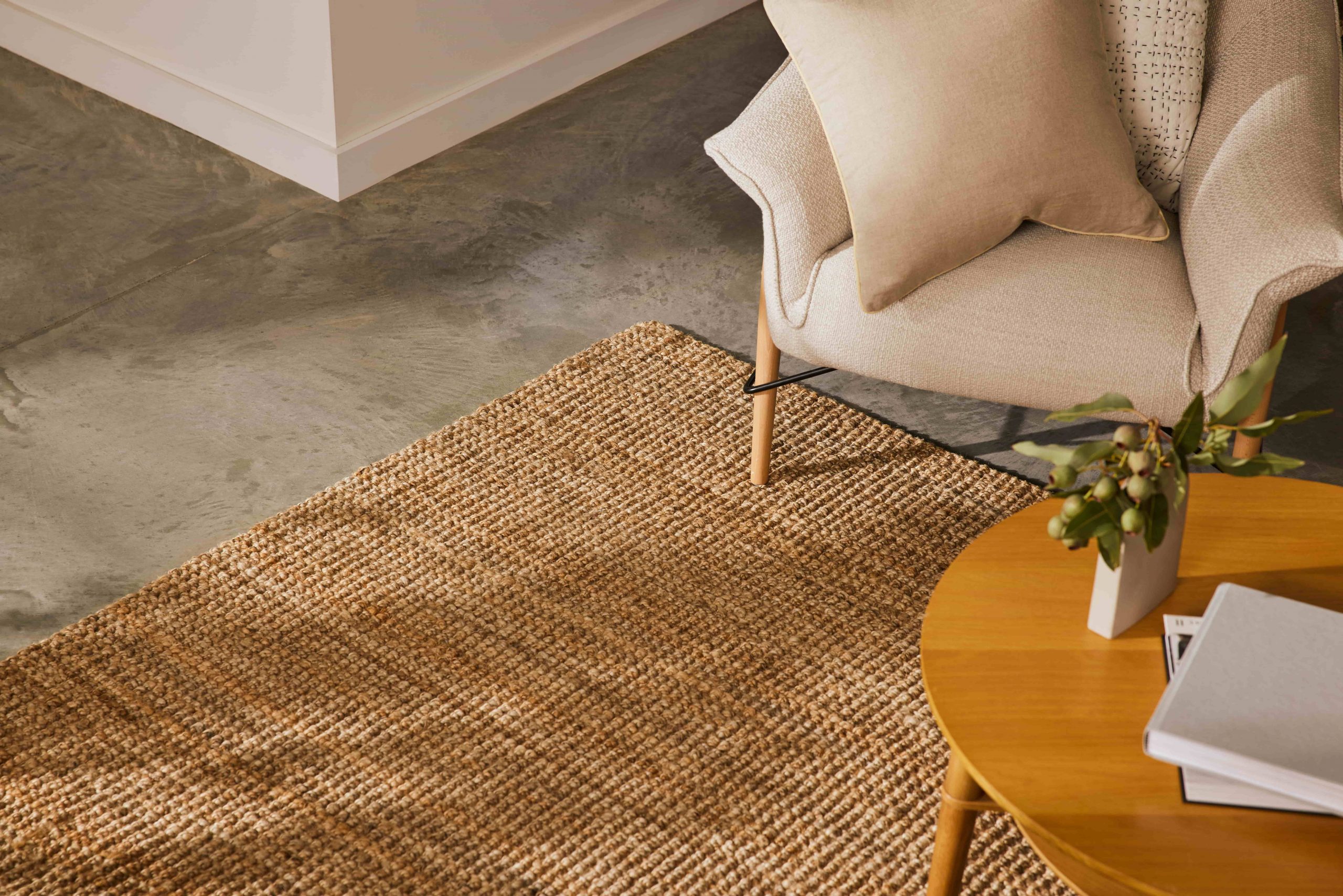ADHD and bedtime — how a routine can help
We’re always on the hunt for tips and tricks on how to sleep. The best bedtime routines for adults almost always include the same things: turning down the lights, sitting down with a mug of herbal tea and putting a cap on late-night scrolling.
We all know what’s good for us — even if we don’t always stick to it. But for those of us who’ve given it a go, we know that having a bedtime routine can work wonders.
If you or your child has a neurodiverse condition, you’ll know that bedtime can be a bit of a struggle. That’s why it’s more important than ever to have a bedtime routine in place to really support a good night’s sleep.
So, what can you do to make drifting into a peaceful slumber that little bit easier? We asked sleep and clinical psychologist Andrew Mair to help shed some light on sleep disturbances and about ways to create a calm atmosphere before settling into bed.
Bedtime routines are really important
Giving yourself plenty of time to wind down is going to be key to getting some good sleep.
“Sleep disturbances are much more prevalent in people — including children — with neurodiverse conditions,” explains Andrew. “Things like autism spectrum disorder and ADHD.
“With ADHD especially, we know that there’s an underlying neurological vulnerability that makes it even harder to fall asleep.
“So that’s why it’s even more important to have positive associations with those cues — the stimulus of the bed and the bedroom. If going to bed becomes something that’s associated with a negative experience, it becomes a perpetuation.
“So looking at those patterns and having those routines that promote calmness and quietness are going to be vital.”
We know you probably know most of this stuff already, but we’ve added a couple of extra tips to give you the best chance of getting a good night’s rest.
Bedtime routine for ADHD adults
🌙 Take a warm shower or bath.
🌙 Soothe yourself with a warm drink.
🌙 Turn down the lights.
🌙 Get some cosy sheets and pillows for extra comfort.
🌙 Avoid stimulants like alcohol and caffeine before bed.
🌙 Allow plenty of wind-down time.
🌙 Set yourself realistic expectations. It could take longer to get to sleep, and that’s okay.
If you’re a parent with a child who’s neurodiverse and doesn’t like going to sleep, Andrew has some words of advice.
“If you’re anticipating that it’s going to be difficult, it probably will be. Being able to stay calm while you’re putting those bedtime routine strategies in place is really important.
“Realistically, their bedtime routine is likely to take longer and perhaps be a bit more volatile. Being okay with that and trying to not feel too anxious about it will help.”

Why routine isn’t the only thing that matters
Sometimes we can do everything right when it comes to our bedtime routines and still end up having a pretty rotten night’s sleep. Here are some other factors to keep in mind when it comes time to hit the sack.
Temperature helps to keep things sweet between the sheets
Keeping your cool overnight will help you stay asleep, and so Andrew reminds us of the importance of maintaining a cool room temperature.
“During sleep, our core body temperature actually drops down and then rises again as we approach wakefulness. So if we get too hot overnight, we may be more likely to wake up.”
Overheating is never a problem with Koala mattresses, which feature our Kloudcell™ foam technology. It’s breathable, hugely supportive and comes with our Zero Partner Disturbance, meaning you get a great night’s sleep even if you’re partner’s a tosser and turner.
A dark room can help with body-clock issues
Going to sleep in the dark and waking when it’s light is important for our body clocks. If your body clock is out of whack, Andrew has a suggestion.
“Bright-light therapy is a form of therapy designed to help synchronise and keep in sync the body clock of anybody that’s got a delayed or an advanced sleep phase disorder. It helps to regulate the body’s transition from day to night, and vice versa.”
Wear what’s comfortable
There’s no one hard-and-fast rule about what to wear in bed, so trust your instincts here.
“For some people,” says Andrew, “sleeping naked might actually make them feel more relaxed and comfortable, depending on the kind of sensory experience that is for them. Others will need to wear pyjamas in order to feel comfortable.”
Koala makes going to bed easier
At Koala our products are designed to send you to bed feeling as snug as a bug.
Time for a new mattress? We’ve got you covered. With beds and mattresses, perfect for all sleeping positions, we promise to get you set up for a better night’s sleep.
Drift off into blissful sleep
Discover Koala bedding and pillows to make your bedroom the ultimate sanctuary for rest and relaxation.
We’re all about dialling down the drama so shop online for our full range, and make the most of our 120-night free trial on all products while you’re there!



